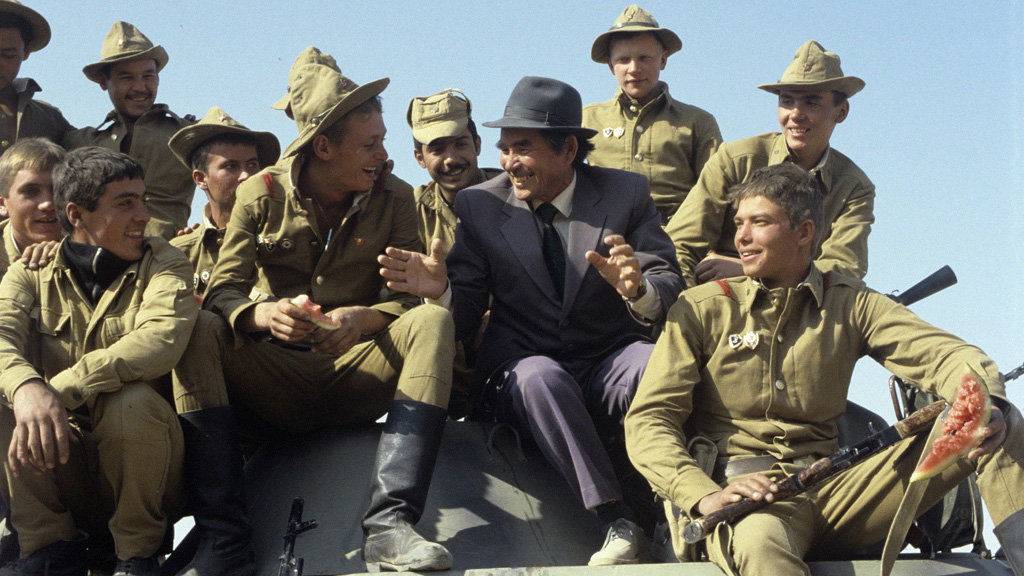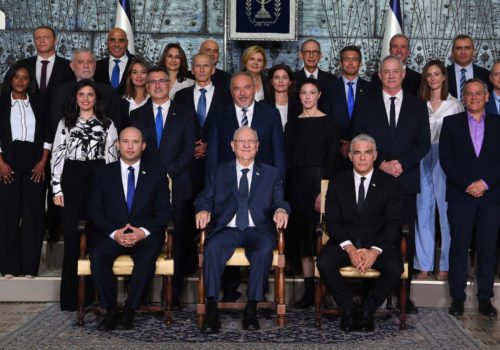The images of the last US forces leaving Afghanistan broadcast around the world conveyed anything but a sense of order.
But as the immediate controversy over the Biden Administration’s chaotic withdrawal recedes, questions now shift to memory and history. The United States is only the latest in a long line of invading forces to have had to wrestle with evaluating a long occupation of Afghanistan that ended in failure.
The Soviet Union went through a similar process a mere three decades earlier, in the land known since the 19th-century British Great Game as the “graveyard of empires.”
The USSR entered Afghanistan in 1979 in an effort to shore up a shaky communist government, and soon found itself enveloped in internal political struggles and conflicts. By 1989, when the Soviet forces withdrew, few people in the Soviet Union were sure what they had really been fighting for, says ICWA Executive Director Gregory Feifer, author of The Great Gamble: A History of the Soviet War in Afghanistan.
After the failure in Afghanistan, Soviet officials had little interest in memorializing their “Vietnam,” which had resulted in the official death count of nearly 15,000 Soviet soldiers. “People just wanted to forget about the war,” Feifer said.
Downplayed in official memory, it was often through communities of veterans and organizations set up by family members through which the conflict was memorialized. When Feifer interviewed some of the veterans two decades on, he encountered little of the black-and-white version of the war most outside observers know.
Many in the West saw the Soviet invasion as a land-grab, perhaps with the aim of acquiring a warm-water port on the Indian Ocean. But a large number of Soviet privates sent to Afghanistan actually believed they were helping build communism.
The real prompts for invasion have as much to do with bungling as anything else. Little surprise: At the time, Soviet General Secretary Leonid Brezhnev’s health was so poor it was unclear how much he understood about what Moscow was doing.
The Kremlin had spent the previous year declining requests from the new communist government in Kabul to send Soviet forces to put down a mounting rebellion from the countryside. But as unfounded worries in the Kremlin grew that Washington might intervene in Afghanistan, the calculus changed.
Once in Afghanistan, the young men sent to fight the war became quickly disenchanted, not only because the Soviet-style state-building they had been dispatched to shore up seemed to reflect nothing of the real situation on the ground. The Red Army’s divisions also lacked the materiel, discipline, even food necessary for effective fighting.
In that, the US-led conflict was very different—Western forces were much better supplied with far superior training and higher morale. Still, many American veterans who served in Afghanistan share the kind of dismay about their own government’s mission many Soviets felt about their own efforts.
Ultimately, despite the vast differences between the two wars—not least between the authoritarian communism the Soviets supported and the democracy envisioned by Western countries—the means were similar, Feifer says. Although the United States originally invaded Afghanistan with the narrow motive of forcing the al-Qaeda terrorist group from the country, the campaign’s rationale soon shifted to democracy and nation-building.
Both Moscow and Washington’s occupying forces ended up defending a largely urban, more cosmopolitan Afghan society from a mounting insurgency supported by a traditional rural population. Although the Soviet military’s painting of rosy scenarios that reflected very little of developments on the ground undermined the USSR’s effort far more deeply, lack of communication between the military and civilian agencies characterized both conflicts.
The Soviet war was seen as a key symbol of Soviet decline that resulted in the USSR’s collapse less than three years after its forces left Afghanistan. But although some US allies are now taking the US withdrawal as a sign of American disengagement from the world, Feifer believes it’s too early to say.
“The White House was handed a poison pill by the Trump Administration with its deal with the Taliban to withdraw this year, and [President Joe] Biden himself never supported continuing the war,” he said. “But whether leaving Afghanistan signals the US withdrawing from the world or a change or priorities depends on how the White House now engages with our allies to address today’s threat from Russia, China and other challenges.”
Photo: Soviet soldiers welcomed home from Afghanistan, October 20, 1986 (RIA Novosti)




